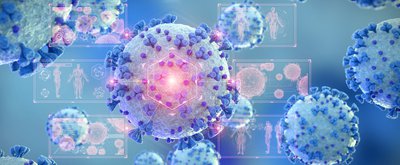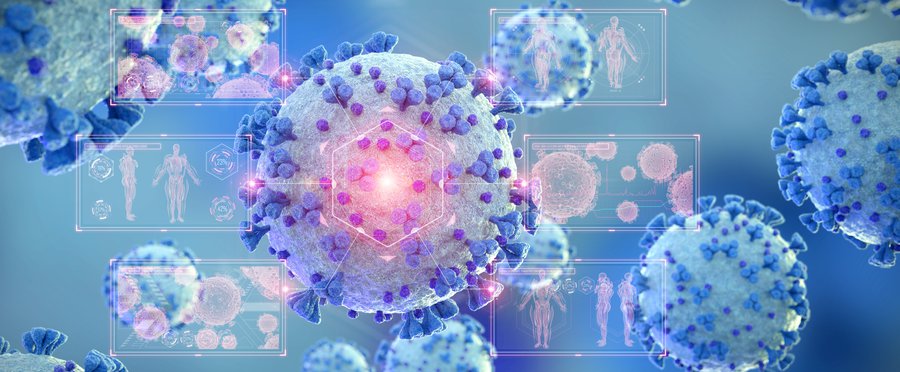COVID-19 SIR with Public Health Interventions (1.0.0)
This is an extension of the basic Suceptible, Infected, Recovered (SIR) model. This model explores the spread of disease in two spaces, one a treatment, and one a control. Through the modeling options, one can explore how changing assumptions about the number of susceptible people, starting number of infected people, the disease’s infection probability, and average duration impacts the outcome. In addition, this version allows users to explore how public health interventions like social distancing, masking, and isolation can affect the number of people infected. The model shows that the interactions of agents, and the interventions can drastically affect the results of the model.
We used the model in our course about COVID-19: https://www.csats.psu.edu/science-of-covid19

Release Notes
This is the second model in our COVID-19 course.
Associated Publications
The Science of COVID-19—CSATS: Center for Science and the Schools | Penn State. (2020.). Retrieved September 28, 2021, from https://www.csats.psu.edu/science-of-covid19
COVID-19 SIR with Public Health Interventions 1.0.0
Submitted by
Kit Martin
Published Sep 28, 2021
Last modified Sep 28, 2021
This is an extension of the basic Suceptible, Infected, Recovered (SIR) model. This model explores the spread of disease in two spaces, one a treatment, and one a control. Through the modeling options, one can explore how changing assumptions about the number of susceptible people, starting number of infected people, the disease’s infection probability, and average duration impacts the outcome. In addition, this version allows users to explore how public health interventions like social distancing, masking, and isolation can affect the number of people infected. The model shows that the interactions of agents, and the interventions can drastically affect the results of the model.
We used the model in our course about COVID-19: https://www.csats.psu.edu/science-of-covid19
Release Notes
This is the second model in our COVID-19 course.

